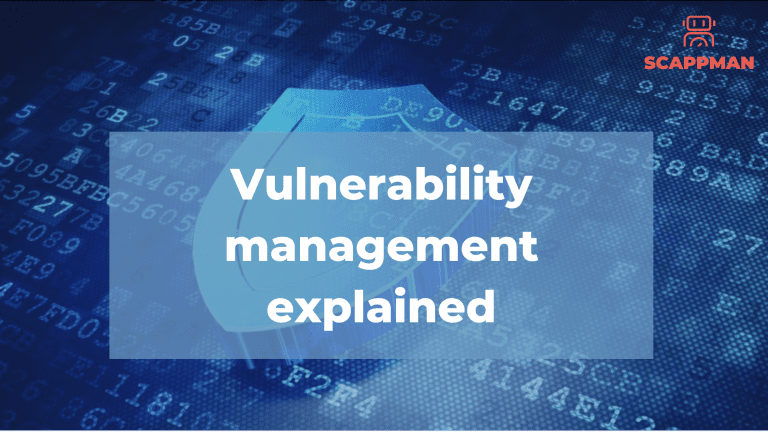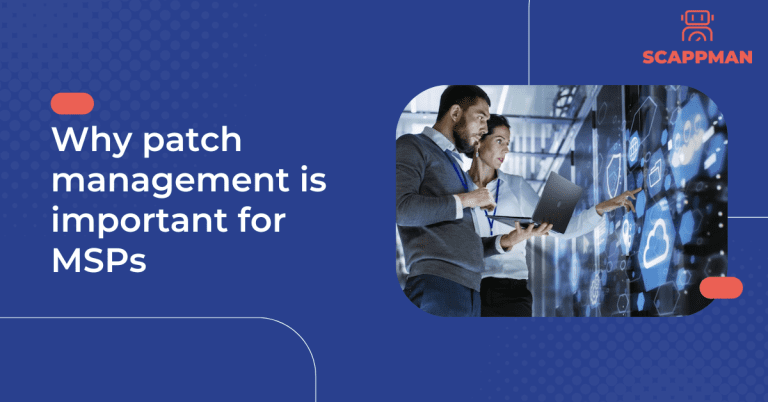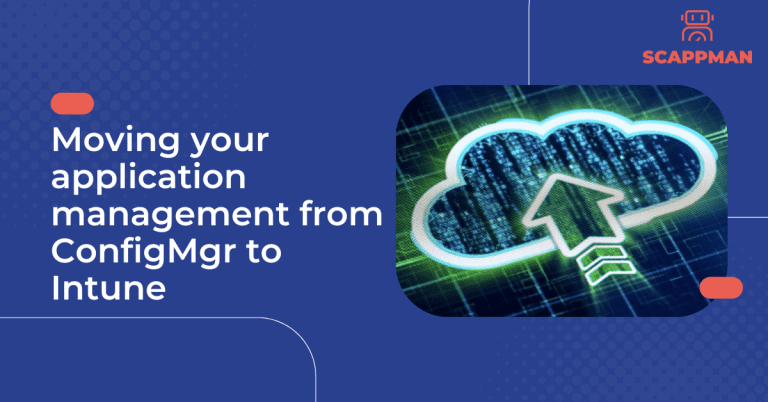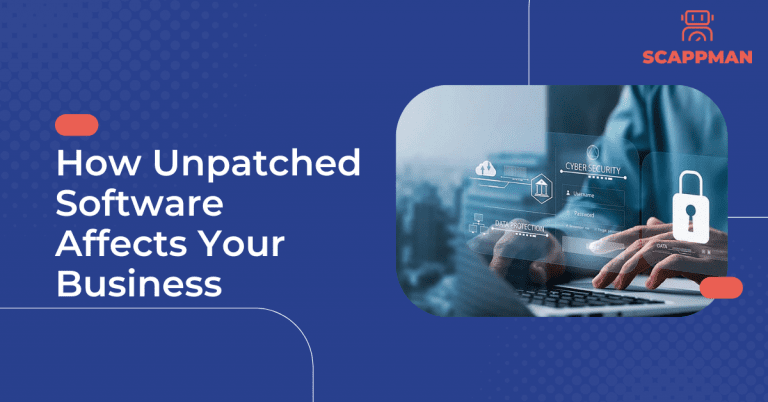What is vulnerability management?
Vulnerability management is the practice of proactively identifying and assessing vulnerabilities within an IT system, a crucial element in executing a cybersecurity strategy. This means that computer systems are potentially a significant risk to the system’s security when vulnerabilities are not addressed. If vulnerability had a slogan, it would be: “better safe than sorry”.
Common vulnerability scoring system (CVSS)
A nonprofit called “FIRST” is looking to standardize this in a framework called the CVSS or Common vulnerability scoring system. Based on analyzing their data from several CISOs and experts in the security information industry, they have already released their 3rd version of their model. It’s now more focused on timing and environment. You have a base metric group, a temporal metric group, and an environmental group. The cool thing about the guys from “FIRST” is that they have their online calculator to check your vulnerability scores. You can find it here. The range goes from 0.0 to 10.0. Based on the CVSS, the average vulnerability was 7.1 out of 10.0, to give some numbers. Google and Microsoft had the most vulnerabilities, respectively 1123 and 1108. These two make up more than 10% of the total number of vulnerabilities in 2021. If you must think about your own company, you’re 99% working with either of these products. To mitigate these vulnerabilities, vulnerability management is the best way forward.
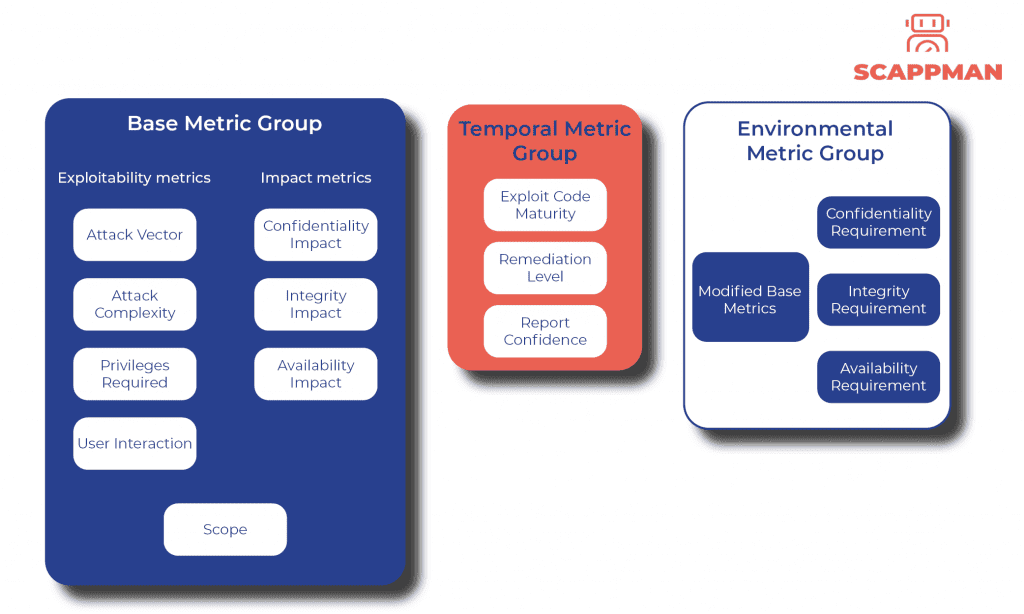
Taking charge and ownership is the way forward. The first step in vulnerability management is detecting the vulnerabilities. Microsoft Defender for Endpoint can be one of those products that can help build a healthy security environment. It discovers vulnerability and misconfigurations in real-time with sensors. It’s the first barrier against ransomware, malware, and hackers.
Patch management is a second barrier
A patch management policy should be a second barrier. As many as 60% of the data breaches were related to vulnerable software, so software that wasn’t patched. As weekly costs on maintenance rose by 34%, the cost of care surpassed those of the previous year. Lowered reliability due to vulnerabilities’ rectification took up more time during the last years. You can find more about patch management policy here.
What are the vulnerability management best practices?
A vulnerability management system is needed at any company to effectively manage any risks afflicted by unaddressed flaws in IT systems. Here is the checklist to help you make sure you’ve covered all the basics and are protecting your company IT infrastructure in a responsible way.
- Create a complete inventory of the devices, software, users in your IT infrastructure
This inventory should include OS + versions, native and third-party applications used by users in your organisation. With a clear overview of your IT environment, you can make sure you’re patching everything needing to be patched. Microsoft TVM is a good solution to provide you with a full overview of your IT system. To know more about Microsoft TVM, read this blog.
2. Prioritize vulnerabilities
Classifying vulnerabilities based on impact and severity is one of the basic steps to remediate risks. Categorizing these vulnerabilities helps businesses to understand and assess the issues. In Microsoft TVM you can see the severity of the vulnerability (Vulnerability Management -> Weaknesses). Read more here.
3. Apply patches as soon as possible, but don’t forget about testing
It’s essential to install software updates as soon as they are available, but in the meantime, a bad patch can break other parts of your system. To avoid this – test the patches before you deploy them to the entire system.
4. Scan and audit your IT environment for any vulnerabilities missing regularly
The longer these security holes are open, the more likely it is you’ll be attacked. Patch management should be a continuous process with regular and ongoing scanning.
5. Automate the match management process
With the right software to manage your patches, like Scappman, you can significantly reduce the amount of work you have to do. This software is much more effective than doing things manually, so it’s worth of investment.
Just remember it’s better to be safe than sorry.

